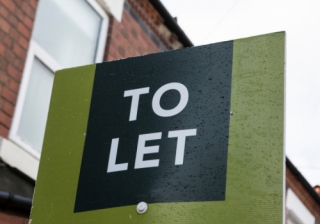
Which leads to the question - where might this investment come from and how are we, as an industry, attracting new landlords into the private rented sector?
The first part of the question is relatively straightforward to answer. The main investment activity throughout the buy-to-let sector over the past few years has mainly come from professional landlords who have tapped into a variety of opportunities to add to their portfolios whilst benefitting from the stamp duty holiday. Although, it’s prudent to add that this short-term financial gain should not be viewed as their sole motivation, especially for those with longer-term plans in mind.
The second part of the question is a far more complex puzzle to solve. And this is increasingly evident as we continue to see landlords with one property or smaller portfolios carefully assessing their options due to recent and forthcoming legislative changes. Changes which have driven many such landlords from the BTL market altogether.
This point was demonstrated in the English Private Landlord Survey (EPLS) – a national survey of landlords and letting agents who own and/or manage privately rented properties in England commissioned by the Department for Levelling Up, Housing and Communities (DLUHC). This outlined that one in ten landlords is planning to sell their property rather than re-let at the end of their next tenancy.
The most recent report showed that 69% of landlords planned to re-let their property at the end of their tenancy, down from 75% in 2018, with 10% planning to sell. A further 8% said it would depend on the property and 10% were unsure. This also showed that 39% of landlords own between two and four rental properties, and 10% own over five – and looking at their portfolio overall, 12% of landlords – representing 21% of tenancies – planned to decrease their portfolio, with 10% saying they planned to sell it off. Just 11% said they were planning to increase their portfolio size.
This may be explained by landlords looking to free up cash with the EPLS showing that over a third of landlords (35%) are retired, and over half (54%) of landlords considered their properties a long-term investment to contribute to their pension. Indeed, four in ten (42%) reported intending to sell or decrease their portfolio for personal reasons (e.g. approaching retirement age, other commitments, etc.). In addition, many landlords said they planned to decrease their portfolio or leave the sector entirely due to recent legislative changes such as changes to Stamp Duty and benefits rules (55%), with a further 53% saying upcoming changes such as the overhaul of Section 21 rules were a factor.
These are worrying trends and ones which need to be urgently addressed. However, on a more positive note, the lending and mortgage intermediary community are doing their bit. More products are emerging for first-time landlords and competitive options remain accessible for amateur landlords to add to their portfolios. The advice process also continues to offer a huge amount of value in terms of delivering a range of solutions which meet landlords’ ever-changing needs. A combination which is helping to prop up the private rented sector and the BTL marketplace, but it’s evident that more support is required from the highest government levels to maintain present and future investment levels.





